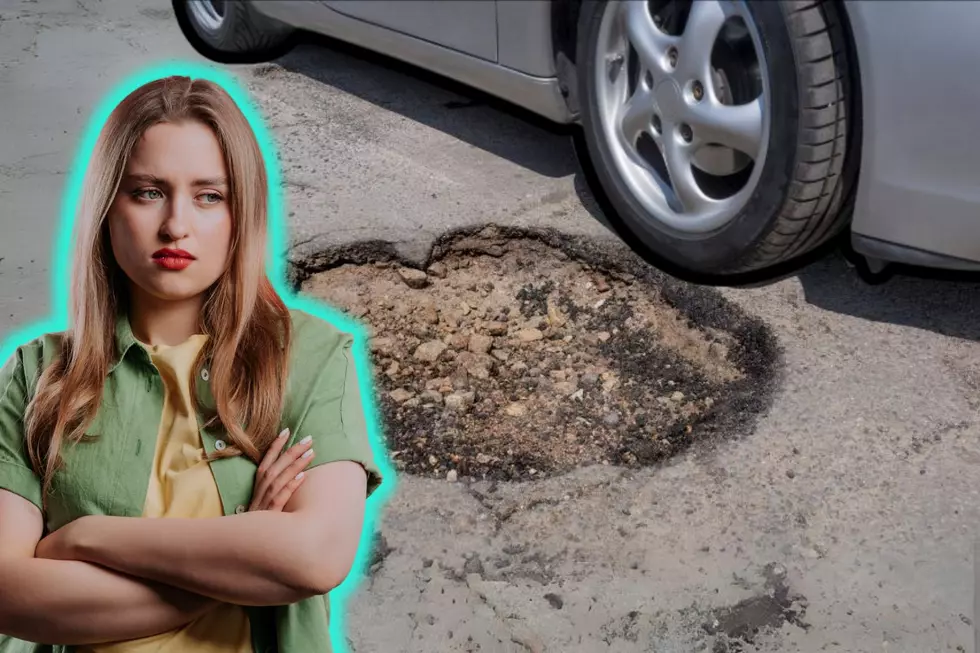
Is Your Vehicle Ready For Winter?
We might not have the snow yet, but frigid high temps are here for a week or so. It's time to make sure you and your vehicle are ready for the travelling season ahead! Check out the tips below from the Minnesota Safety Council.
Have it serviced by a qualified mechanic and be sure that the brakes, battery, exhaust and cooling systems, headlights, fluids, windshield wipers and washers are all in proper working order. Throughout the winter, keep your gas tank at least half full to avoid gas line freeze.
Keep close tabs on the weather. Avoid traveling, especially alone, if severe weather is forecast. Before taking a trip, inform someone at your destination of your expected arrival time and your route.
Stock your car with basic winter driving equipment: a scraper and brush, small shovel, jumper cables, tow chain and a bag of sand or cat litter for traction. Include emergency items such as road flares, a blanket, and a flashlight with batteries.
Keep an emergency survival kit in the car. It should include:
a metal bucket or coffee can
a small candle with matches or a disposable lighter
a brightly colored square of cloth such as a bandanna
basic first aid kit
a large plastic garbage bag (can be used to insulate feet, legs and torso)
high energy non-perishable foods
If your car has been outside during a snowfall, brush all the snow off before setting out. Snow left on the front hood will blow into the front vent and cause defrosting problems, and can also melt and re-freeze on the windshield. Snow on the roof will cover the rear window and snow on the rear deck will blow onto tail lights. Pay particular attention to cleaning off headlights and tail lights so that other motorists can see you.
Adjust your speed to the conditions and increase following distances. Remember that bridges and overpasses can be more slippery than other parts of the road. If you begin to skid, remain calm, ease your foot off the gas and turn the wheel in the direction you want the car to go. If you have an anti-lock braking system (ABS) apply a steady firm pressure to the brake pedal. Never pump ABS brakes.
If even after following all precautions you find yourself stranded, stay calm and stay put. Your chances of being rescued are greater if you remain in one place. Staying in your car will decrease your risk of frostbite or hypothermia. Run your engine for heat about once an hour (every half hour in extreme cold). Make sure your exhaust pipe is clear to prevent the back up of carbon monoxide. Leave one window slightly open. Tie a piece of brightly colored cloth to your antenna to alert others and aid rescuers.
Carry a cell phone for use during emergencies. Because driving requires your full attention, be sure to find a safe place to pull over when you need to make a call.
Safe travels to you and your family this holiday season...


